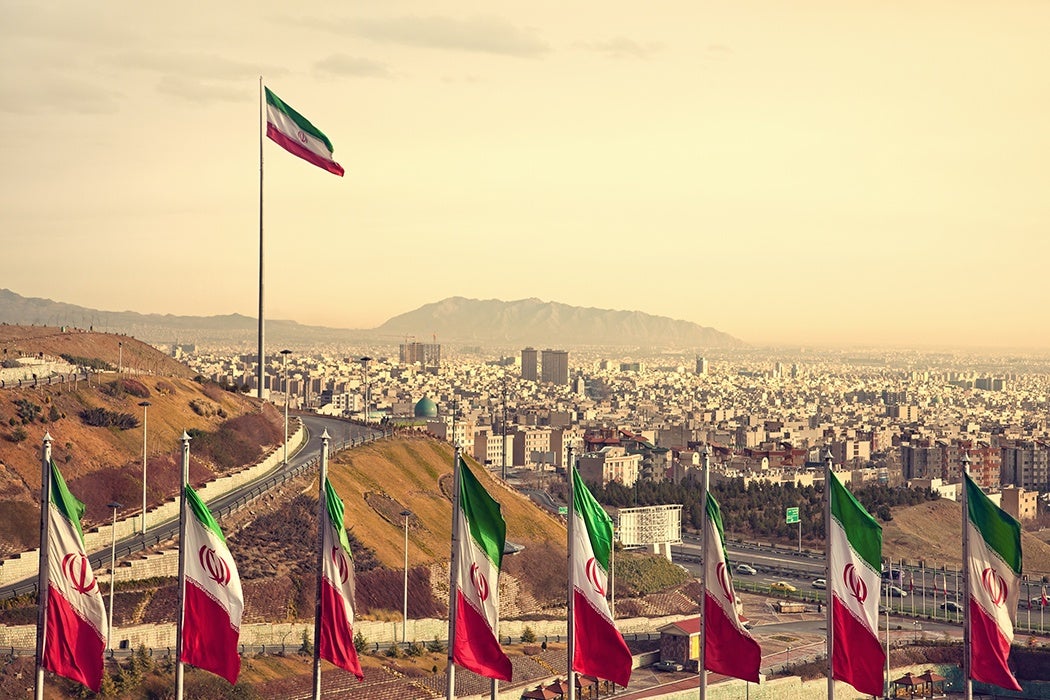The January 8th death of one of the icons of the Iranian Revolution, former President Akbar Hashemi Rafsanjani,—along with a contentious political transition in the United States between administrations with starkly different stances on Iran—poses significant challenges to the 39-year old state.
There has never existed a political system similar to the Islamic Republic of Iran. In the fervor of a 1978 social revolution against the Shah and his neocolonial relationship with the United States and Europe, a group of Shi’i clerics won the upper hand and created the world’s only current theocracy. Trained Shi’i seminarians dominate the political system, led by the Supreme Leader Ayatollah Ali Khamanei, but it includes a parallel government of elected legislators and a president.
Relations between Iran and the US remain polarized, with extravagant polemic on both sides and limited access for Western reporters. Most American political reporting on the Islamic Republic, therefore, simplifies Iranian politics to a struggle between “moderates” or “reformists” and “hardliners.” The recent victories in Syria in favor of the Iran- and Russia-backed forces of President Bashar Al-Assad as well as the end to UN sanctions on Iran have the potential to aggrandize newer groups in the military, state, and business elites.
Looking to the past might help us to understand what is happening now. Shortly after the death of founding Supreme Leader Ayatollah Ruhollah Khomeini, Mansour Moaddel examined the socioeconomic counterrevolution that occurred in the late 1980s against peasant and worker movements for social change unleashed starting in 1978. The revolution shattered the control of western corporations and their foreign agents. Appealing to religious revolutionary ideology, farmers seized land from their landlords and workers organized to support better conditions and nationalizing industries.
The clerics, however, were mostly conservative and sympathetic to the sanctity of property ownership. They dismantled working class organizations and reversed nationalizations. Led by individuals like Rafsanjani, their policies ultimately empowered the middle class bazaari merchants and mid-sized entrepreneurs. Rafsanjani and his protege, current President Hassan Rouhani, have sometimes been painted “reformists” for their desire to engage the U.S. and liberalize the economy. But without democratic oversight, the influx of European business and investment after sanctions has the potential both to increase corruption in state enterprises and to polarize inequality within the upper and middle classes. Trade liberalization could make class a more important factor in politics again.
Weekly Newsletter
Even if President-Elect Trump does not significantly alter the status quo in U.S. and Western diplomacy with Iran, many countervailing factors prevent such a simplification of Iranian politics. Many large Islamic charitable organizations exercise considerable economic and political power semi-independently from state institutions. Perhaps the most significant new actor is the Islamic Revolutionary Guard Corps, which placed Mahmoud Ahmadinejad in the presidency and has secured Iranian influence in Syria during its civil war.
Factionalism continues to fire ideological rhetoric, discouraging diplomacy and foreign business engagement in Iran. Iran will likely need a truly democratically elected government or a centralized state to bring all its various independent groups together.







